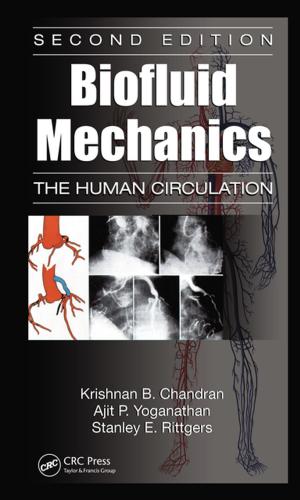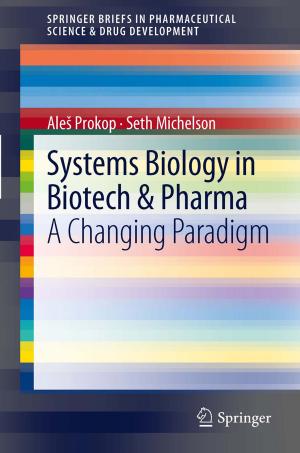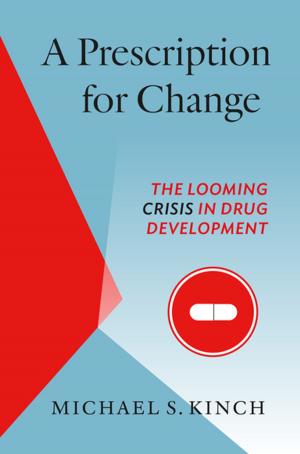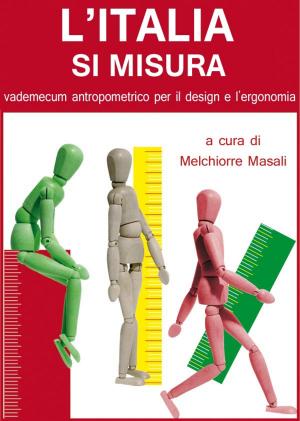PROTEOMICS Cellular proteins and peptides
Nonfiction, Science & Nature, Science, Biological Sciences, Biotechnology| Author: | Fernando Fussi | ISBN: | 9788868550349 |
| Publisher: | Fernando Fussi | Publication: | June 25, 2013 |
| Imprint: | Language: | English |
| Author: | Fernando Fussi |
| ISBN: | 9788868550349 |
| Publisher: | Fernando Fussi |
| Publication: | June 25, 2013 |
| Imprint: | |
| Language: | English |
Summary
The book, divided in 16 Sections, classifies and describes the properties of the numberless proteins and peptides constituting the main portion of the living cells.
A special attention is devoted to peculiar arguments, as:
genome structure, mutations and mutagens, gene repair and apoptosis, gene manipulation (Sect.1);
analysis and synthesis of peptides and polynucleotides (Sect.2);
simple and conjugate proteins, visual cycle, circadian clocks, heme proteins (Sect.3);
carrier proteins, proteases and inhibitors, factors of haemostasis and fibrinolysis (Sect.4);
collagens, keratins, proteoglycans (Sect.5);
adhesion proteins and ligands, spermatogenesis, fertilization (Sect.6);
structural proteins, cytoskeleton components, contractile systems (Sect.7);
innate and adaptative immunity, antigens and antibodies, T and B effectors, cytotoxio mechanisms, the inflammatory response (Sect.8);
growth factors, stem cells and reprogramming, embryogenic and morphogenic proteins, neurotrophic factors, chaperonins (Sect.9);
ion channels, transporters, tcxins and animal neurotoxins (Sect.10);
translocation, transmembrane channels, vesicle formation and endo-exocytosis (Sect.11);
short range messengers (cytokines): interleukins, tumor necrosis factor family, interferons (Sect.12);
long distance messengers: peptidic and proteic hormones (Sect.13);
synaptic transmission, neuropeptides, neurotransmitters and neuroreceptors, molecular basis of memories, appraisal, cognition, mood, and their disturbances (Sect.14);
biochemistry of signal transduction: first and second messengers, signaling receptors and cyclases, G proteins and GTPases, phosphorylative modulation and protein kinases, other enzymatically driven intracellular regulations (Sect.15);
virus structure and classification, phagi, episomes, plasmids, viral diseases, prions, protein conformation-dependent diseases, dementias (Sect.16);
Trends in cancer pharmacological therapy (App.B);
Some nuclear transcription factors (App.C).
Summary
The book, divided in 16 Sections, classifies and describes the properties of the numberless proteins and peptides constituting the main portion of the living cells.
A special attention is devoted to peculiar arguments, as:
genome structure, mutations and mutagens, gene repair and apoptosis, gene manipulation (Sect.1);
analysis and synthesis of peptides and polynucleotides (Sect.2);
simple and conjugate proteins, visual cycle, circadian clocks, heme proteins (Sect.3);
carrier proteins, proteases and inhibitors, factors of haemostasis and fibrinolysis (Sect.4);
collagens, keratins, proteoglycans (Sect.5);
adhesion proteins and ligands, spermatogenesis, fertilization (Sect.6);
structural proteins, cytoskeleton components, contractile systems (Sect.7);
innate and adaptative immunity, antigens and antibodies, T and B effectors, cytotoxio mechanisms, the inflammatory response (Sect.8);
growth factors, stem cells and reprogramming, embryogenic and morphogenic proteins, neurotrophic factors, chaperonins (Sect.9);
ion channels, transporters, tcxins and animal neurotoxins (Sect.10);
translocation, transmembrane channels, vesicle formation and endo-exocytosis (Sect.11);
short range messengers (cytokines): interleukins, tumor necrosis factor family, interferons (Sect.12);
long distance messengers: peptidic and proteic hormones (Sect.13);
synaptic transmission, neuropeptides, neurotransmitters and neuroreceptors, molecular basis of memories, appraisal, cognition, mood, and their disturbances (Sect.14);
biochemistry of signal transduction: first and second messengers, signaling receptors and cyclases, G proteins and GTPases, phosphorylative modulation and protein kinases, other enzymatically driven intracellular regulations (Sect.15);
virus structure and classification, phagi, episomes, plasmids, viral diseases, prions, protein conformation-dependent diseases, dementias (Sect.16);
Trends in cancer pharmacological therapy (App.B);
Some nuclear transcription factors (App.C).















